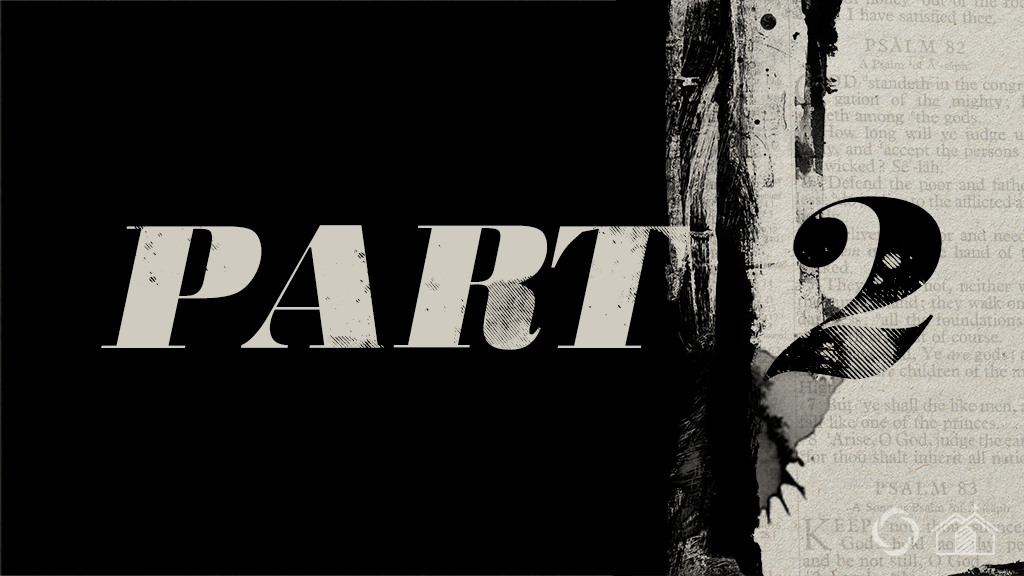This is the second blog in the three part series The Word.
Last week we discussed a few tools you can use when studying the Bible; namely a good time of day, a good Catholic Bible, and a good Bible commentary book. Today, we’ll cover three things you can do as you study.
- Pray, and then pray some more. Before you open God’s Word, ask the author of that word – the Holy Spirit – to be present in a bold and fierce way. Quiet yourself, spend some time in silence, and hold the Bible in your hands as you pray. Ask God, through the power of His Spirit, to open your mind, your eyes and your heart to His truth. Thank Him for the gift of His Word, a gift that millions have given their lives to defend and offer you the freedom to read and pray. It doesn’t have to be a long prayer but take some time … this is the most important step in Bible study.
- Have a plan. If you were planning on reading the Bible cover to cover … don’t. The Bible isn’t a novel; it wasn’t designed to be read from Genesis straight through to Revelation. We must learn the story of salvation history – and I cannot recommend “The Great Adventure” series of resources highly enough, whether you’re an adult (TGA) a teen (T3) or a middle school student (Encounter), we’ve got you covered!
And after you catch the “big picture” of the Bible, then you can focus on smaller portaits. I’d pick one book that you are going to start in and make that book your focus for a while. If you are starting from scratch, I’d suggest the Gospel of Mark. St. Mark’s Gospel is the shortest and easiest to understand; you already know the main characters and plotline and its personal significance and relevance to your faith walk. The Gospels are the hinge-pin to the entire Bible, they’re a great place to start and get into that reading “rhythm.”
- Get the background. If you do start in a Gospel, take the time to learn about who the author was, who he was writing to, and what the basic themes are of his Gospel account. Ask yourself what makes that specific account different than the other three. Don’t just jump into a letter of St. Paul without knowing what is going on in the city to which he is writing. If you are reading a prophet, know what was going on in his world at the time.
‘Where do I learn these things?’ you might ask. Read the Introduction to the Gospel on the pages preceding it. Use one of your additional books or resources to help you. When you know what is going on with the author and the audience, the words will jump out at you in a much different way and you will have a far greater insight.
Click here to read the next blog in this series.
